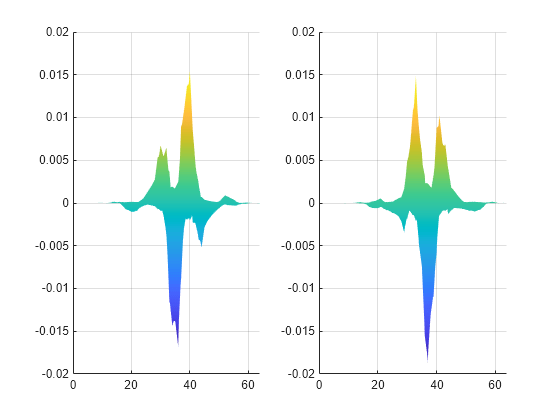idualtree3
3-D dual-tree complex wavelet reconstruction
Description
Examples
Input Arguments
Name-Value Arguments
Output Arguments
References
[1] Chen, H., and N. G. Kingsbury. “Efficient Registration of Nonrigid 3-D Bodies.” IEEE® Transactions on Image Processing. Vol 21, January 2012, pp. 262–272.
[2] Kingsbury, N. G. “Complex Wavelets for Shift Invariant Analysis and Filtering of Signals.” Journal of Applied and Computational Harmonic Analysis. Vol. 10, May 2001, pp. 234–253.
Version History
Introduced in R2017a
